Commentaries
Your Present Location: Teacher_Home> Wang Wen> CommentariesWang Wen: Confronting U.S. Hegemony Tops the Foreign Policy Agenda of Most Emerging Countries
Wang Wen: Confronting U.S. Hegemony Tops the Foreign Policy Agenda of Most Emerging Countries
Published: 2025-06-08
From June 18–21, the 2025 St. Petersburg International Economic Forum brought together political leaders and business elites from 140 countries. At the invitation of the Forum Organizing Committee, Wang Wen, Dean of the Chongyang Institute for Financial Studies at Renmin University of China (RDCY) and Dean of the Global Leadership School, was exclusively interviewed by the Forum Journal. He shared insights on China-Russia cooperation, the rise and fall of great powers, technological competition, and long-term visions for 2035.
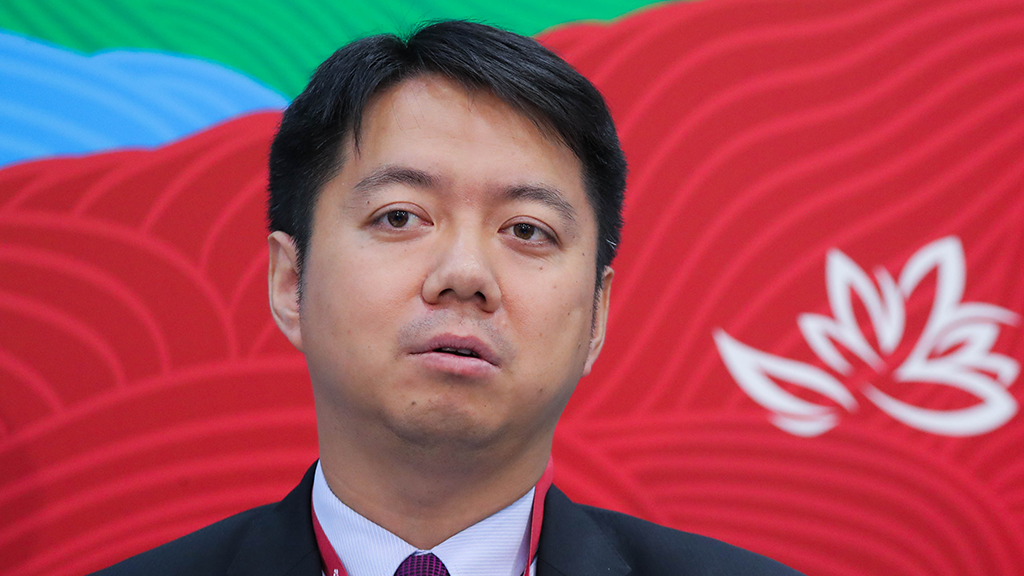
Prof. Wang Wen: Dean, Chongyang Institute for Financial Studies, Renmin University of China (RDCY); Dean, School of Global Leadership, Renmin University of China (SGL)
1. What do you think is behind the decline in trade turnover between Russia and China in the first quarter of 2025? Are there concerns that certain aspects of this trade have peaked, potentially leading to a downturn, such as in the export of Chinese cars to Russia? What unrealized potential do you see in our trade partnership?
Wang Wen: I think that we cannot find evidence from one quarter's data to judge whether the trade between the two countries has reached its peak. In the past three years, China-Russia trade has grown by more than 30% annually, reaching nearly 250 billion US dollars, which can be called explosive growth. The decline in trade between the two countries in the first quarter of 2025 is mainly affected by the exchange rate and does not represent the future trend of China-Russia trade.
As for the slowdown in the growth rate of China's automobile exports to Russia, it is also normal. After all, in the past three years, China's automobile exports to Russia have almost started from zero and increased to more than 70% of Russia's total automobile imports. It is also normal for the growth rate to slow down in the future, which does not mean that China-Russia trade has peaked.
But I am full of confidence in China-Russia trade. In fact, the potential of China-Russia trade in many areas has not yet been realized. For example, in the field of energy cooperation, with the investment and long-term procurement of large-scale LNG projects such as Yamal and Arctic-2, as well as the construction of new pipelines, China-Russia energy trade will have a huge increase. For another example, with the increase of China's investment in Russian agriculture, Russia's agricultural product exports will have a large increase. For example, high-tech cooperation in the fields of aerospace, nuclear energy, new materials, and biotechnology. In addition, with the expansion of local currency settlements between the two countries and the improvement of the "de-dollarization" infrastructure, China and Russia still have a lot of room for growth in the fields of payment, cross-border e-commerce, and service trade.
In short, we should not be pessimistic about the future of Sino-Russian trade just because of the decline in Sino-Russian trade volume in the first quarter of 2025. In fact, in my opinion, with the efforts of the two governments and trade agencies, Sino-Russian trade will soon reach $300 billion or even $350 billion in the next few years.
2. In 2024, the prime ministers of Russia and China agreed to enhance the payment infrastructure between the two countries to facilitate uninterrupted trade. What measures could be implemented in this regard? For example, is it feasible to establish branches of Chinese banks in Russia? What are the prospects for cryptocurrency payments? What obstacles exist in creating a unified BRICS or SCO payment system?
Wang Wen: Strengthening financial infrastructure cooperation between the two countries is the inevitable direction for implementing the requirements of the two heads of state. At this point, we need to have more confidence. What needs to be done now is how to overcome the current difficulties and increase the scale of financial cooperation and payment. For example, China's four major banks (Bank of China, China Construction Bank, Industrial and Commercial Bank of China, Agricultural Bank of China) have representative offices or branches in Russia, but they have been affected by the risk of secondary sanctions from the West and have partially reduced their business scale.
I believe that in the future, China will expand the establishment of banks that focus on RMB and ruble settlement to avoid the risk of sanctions. At the same time, the two countries should deepen the clearing mechanism for direct RMB-ruble transactions, upgrade the connection between the CIPS and SPFS systems, and innovate payment tools and non-bank channels, such as the interoperability of digital RMB, UnionPay and Russia's Mir payment system.
Regarding cryptocurrencies, China explicitly prohibits cross-border payments of cryptocurrencies, and companies will face compliance penalties if they use them. As far as I know, the attitude of the Russian Central Bank towards encryption is also relatively repeated. Therefore, I suggest that the two countries should strengthen in-depth cooperation and coordination on the central bank digital currency of legal tender.
As for the unified BRICS bank payment system, it seems that there are still many obstacles, such as the difficulty of interest coordination, high cost of technical integration, high geopolitical risks, and difficult liquidity management. In this regard, the biggest obstacle comes from India. Therefore, in the short term, bilateral local currency settlement is still a rational and pragmatic choice. In the long run, it may be possible to promote the establishment of a regional settlement convention by the SCO.
In short, strengthening the payment infrastructure of China and Russia requires a dual track of "technology + system". In this regard, we still need to continue our efforts.
3. In April 2025, the countries updated the draft agreement on promoting and protecting mutual investments. In your opinion, which sectors or projects in Russia would China primarily be interested in investing in?
Wang Wen: This mutual investment agreement is very important. It will provide more stable legal protection and more open market access conditions for investors from both countries. I have mentioned many times before that China's investment in Russia accounts for less than 1% of China's global investment, and Russia's investment in China accounts for less than 0.1% of China's foreign investment. This situation needs to change. I believe that with the deepening of this agreement, the mutual investment between the two countries will be improved rapidly.
If this agreement is implemented, then I believe that China will be interested in many areas in Russia. The biggest interest lies in resources and energy. China is willing to invest in Russia's oil and gas and mineral development, and is also very interested in investing in Russia's key minerals (such as nickel, copper, and palladium).
Second, China is also willing to promote the localization of investment in Russia's manufacturing industry. For example, China's electric vehicles, battery materials, home appliance manufacturing, semiconductor closed testing, etc. are all willing to invest in Russia to get closer to the Russian market.
Third, investment in Russian agriculture will also be a focus. There are a lot of fertile farmland in Russia's Far East. China is willing to invest in soybeans, corn, etc., and is also willing to invest in pig farms, rapeseed, aquatic product processing, etc.
Fourth, China is also willing to participate in Russian infrastructure investment. For example, the Port of Murmansk, the Trans-Siberian Railway, the railway from Novosibirsk to Xinjiang, China, the construction of cross-border data centers, and the construction of border smart ports, etc.
Fifth, China is also willing to invest in emerging technologies. For example, aerospace, nuclear energy, biotechnology, pharmaceuticals, etc.
It can be seen that China is very interested in investing in Russia. The key to attracting more Chinese investment lies in the implementation of various legal guarantees for mutual investment between the two countries, especially the Russian side should remove restricted areas as much as possible, and establish a dispute settlement mechanism and profit remittance guarantee. In short, as long as this mutual investment agreement can be truly implemented, the investment between the two countries will see a blowout development.
4. In an effort to maintain competitive advantages in global markets, some countries have significantly tightened control over technology dissemination. Could this result in global divergence and the emergence of competing technological platforms? For instance, we observe Western companies leading in internal combustion engines, while China dominates electric motors and the U.S. excels in modern microprocessors. What might be the long-term consequences of these actions?
Wang Wen: I once wrote a long academic paper about how the world is in the era of the " high-tech new cold war", which has led to the "blocking" phenomenon of high-tech monopoly, and thus reshaped the innovation process and industrial competition pattern of countries around the world. The universal high-tech globalization process has ended, but regional cooperation and strategic mutual trust in bilateral high-tech cooperation will change international relations and the global political structure.
In my opinion, there will be at least two major changes in the future global "new high-tech cold war":
First, two highly competitive high-tech groups will be formed. On the one hand, the Western camp led by the United States is trying to monopolize precision manufacturing and digital technology, and promote the absolute monopoly of Western leading companies represented by companies such as Nvidia and Google in the global market. On the other hand, the emerging camp represented by "China + Russia and other resource countries" is trying to break the high-tech monopoly, while increasing its leading advantages in the fields of electrification and new energy, and occupying more international market share. This "high-tech geopolitical alliance" does not help global innovation, and ultimately leads to the fragmentation of R&D investment and the "parallel universe" of high technology.
Second, the future high-tech "blockchain" must adapt to the hegemonic logic of "security overwhelms the market" launched by the United States. The technological nationalism promoted by the United States may be imitated by Europe and Japan, leading to partial decoupling and deep division of the high-tech supply chain. For example, military technology, quantum encryption technology, 6G core network technology, etc. China has become an important representative of international high-tech inclusiveism. China has always hoped to share high technology with all countries, thereby expanding production capacity and market size of various countries.
In this regard, emerging economies are in the middle of technology and face difficult strategic choices. Some countries choose to bet on both sides. For example, India simultaneously introduced TSMC to build a packaging plant (American style) and BYD to build an electric car plant (Chinese style); some countries are facing suppression from the United States. For example, in 2024, the US Department of Commerce forced the UAE G42 Group to withdraw its supercomputing investment in China.
In short, the "blockchain" high-tech divided world requires each country to establish a new high-tech survival rule. For Russia, it needs to increase high-tech cooperation with China while avoiding Western sanctions, introduce more Chinese high-tech investment through technological isolation and other means, and at the same time export more resources and minerals to China, so as to achieve high-tech block ecological binding and ultimately achieve a win-win situation.
5. China is often the largest first- or second-tier supplier for major international projects; however, it is increasingly seeking, according to many experts, to implement its own projects independently, minimizing involvement from other countries. How justified is this perspective, and could it result in potential partners shifting their focus toward other centers of economic and technological development?
Wang Wen: This view is too simple and overestimates China's independent implementation capabilities in many high-tech projects, such as high-end chip manufacturing.
As China's national strength increases, China's role in large international projects has undergone a dynamic evolution and adjustment process. China does not reject international cooperation, but faced with the uncertainty of the international market and the suppression of the United States, China tends to adopt a more independent and risk-controlled cooperation model.
In the past few years, China has accumulated some experience in large international projects and learned a lot of lessons. In terms of successful "independent implementation", the proportion of "full industrial chain output" projects in China's overseas engineering contracting has increased from 32% in 2016 to 61% in 2024. In particular, China independently built the Jakarta-Bandung high-speed railway in Indonesia in 2023, which is a typical success case. But on the other hand, China has also suffered painful lessons from the obstruction of large international projects. For example, the Mexican high-speed rail project was aborted due to US intervention; the Israeli Haifa Port project was subject to US security review. From this point of view, it is understandable that China chooses a more independent and controllable cooperation model to avoid geopolitical risks as much as possible.
In the selection of international partners in the future, China has to face the "de-Sinicization" measures of some traditional partners. For example, the EU's "Global Gateway Plan" hopes to replace Chinese capital in the construction of the Balkan Railway; India adopts a "production-linked incentive plan" to try to subsidize Apple's supply chain to move out of China. The United States promotes policies such as "friendly shore outsourcing" of high-tech alliances, which also creates new risks for China's future international cooperation.
However, we must believe in the smart Chinese and the friendliness of the international community to China. At present, most countries welcome China's production capacity and large-scale project cooperation. For example, China's low-value-added manufacturing industry and new energy vehicle companies have created new cooperation opportunities in many emerging countries.
From this perspective, the model of China's large-scale foreign cooperation projects in the future will present a diversified form. Some projects will be completely dominated by China, such as 5G base stations and ultra-high voltage; some projects are jointly developed, such as the China-Russia International Lunar Research Station project; some projects will only be limitedly involved, such as Chinese capital participating in financial infrastructure projects in some countries.
6. Amid rising trade tensions with the U.S., China is intensifying its diplomatic efforts in Asia and Europe. Can these markets offset the anticipated decline in exports to the U.S.? Alternatively, will they help build more diversified supply chains or lead to a softening of the U.S. position?
Wang Wen: The Asian and European markets have great strategic value for China's export substitution process, but the importance of the market varies greatly depending on the type of product. For example, the main substitute products in the ASEAN market are consumer electronics, photovoltaic components, etc., which can offset about 65% of China's export decline to the United States. The main substitute products in the EU market are lithium batteries, etc., which can offset about 40%; the Russian market is mainly engineering machinery, automobiles, electrical appliances, etc., which can replace about 20%. From this point of view, the efforts to digest exports to the US market are a joint effort of domestic and international efforts.
Taking the Chinese domestic market as an example, I once gave an example in an interview. The total private savings of Chinese people is about 150 trillion yuan (about 20 trillion US dollars), and the per capita savings is about 15,000 US dollars. China's exports to the United States in 2024 will be about 500 billion US dollars. As long as 1.4 billion Chinese people take out about 350 US dollars per capita, they can digest the products exported to the US market. From this perspective, it is very necessary for China to vigorously enhance its domestic consumption strategy at present.
However, I believe that Trump's tariff policy is forcing China to accelerate the global layout of its supply chain. Well-known Chinese companies such as BYD, Huawei, and CATL are investing in production workshops in countries around the world. As I said in an article titled "Thanks" to Trump, Make China Greater, in 2028, the degree of globalization of Chinese companies will be raised to a higher level.
Of course, I am not despising the United States. In fact, the United States still has great advantages in technical standards, cross-border logistics, and resource allocation. To truly weaken the position of the United States, there must be a substantial "de-Americanization" process in all three areas. In the field of technical standards, the "Digital RMB + CIPS Cross-border Clearing" standard, the 6G standard, and the photovoltaic silicon wafer standard all require international innovation. In the field of cross-border logistics, the development and expansion of China-Europe trains and Arctic routes have also become important. In the field of resource allocation, the development of rare earth resources also needs to get rid of American hegemony as much as possible.
In short, it is not easy to resolve the impact of Sino-US trade frictions. On the one hand, China will expand the Asian and European markets and the domestic market at the same time to replace American export products as much as possible; on the other hand, it will explore new areas such as green technology, digital infrastructure, cross-border logistics, and resource allocation as much as possible to achieve new cooperation between China, Europe and Asia to weaken US hegemony. I believe that by 2028, the "de-Americanization" of the global production chain and technology market structure will undergo new changes.
7. China plays a significant role in developing global alliances such as the SCO, BRICS, and the Belt and Road Initiative. Is there a possibility that a regional economic association with its own payment, trade, and transport infrastructure could emerge based on one of these initiatives or a new one?
Wang Wen: It is still difficult to establish a regional economic alliance with its own payment, trade and transportation infrastructure in the short term. As I said before, there are still some shortcomings in the existing mechanisms in the payment and settlement system and the trade rules system. But it does not mean that we cannot work towards "limited substitution".
The most likely to make positive progress is the "energy-transportation-payment" triangle mechanism, that is, through the advantages of China-Russia local currency settlement of Russian energy exports, trade autonomy and closed-loop characteristics of China-Europe trains, to achieve more docking between the Eurasian Economic Union and the "Belt and Road" region.
I estimate that by 2028, regional economic alliances will be built in the fields of "energy RMB settlement" and "infrastructure in landlocked countries in Central Asia", reflecting differentiated advantages. By 2035, it is possible to achieve a "limited economic sovereignty alliance" in Eurasia and achieve a closed-loop ecology in the fields of energy and basic industrial products, but high technology and finance are still intertwined with the global system. The main reason for these new international structural changes is US hegemony. From this perspective, in the next decade, responding to US hegemony will still be the top priority for many emerging economies.
Source: https://www.vedomosti.ru/economics/characters/2025/06/08/1115502-van-ven-protivodeistvie
Key Words: Wang Wen, US, China







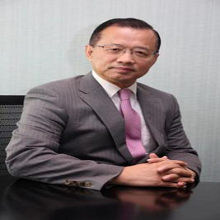

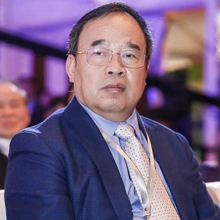

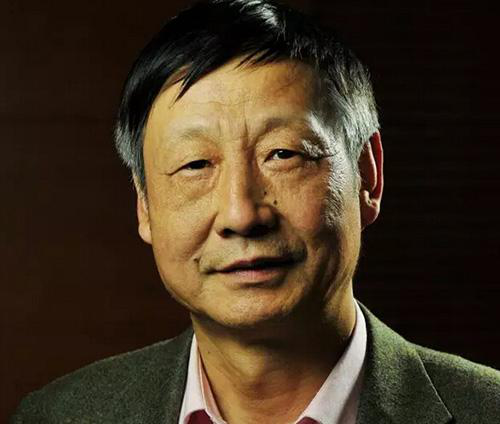
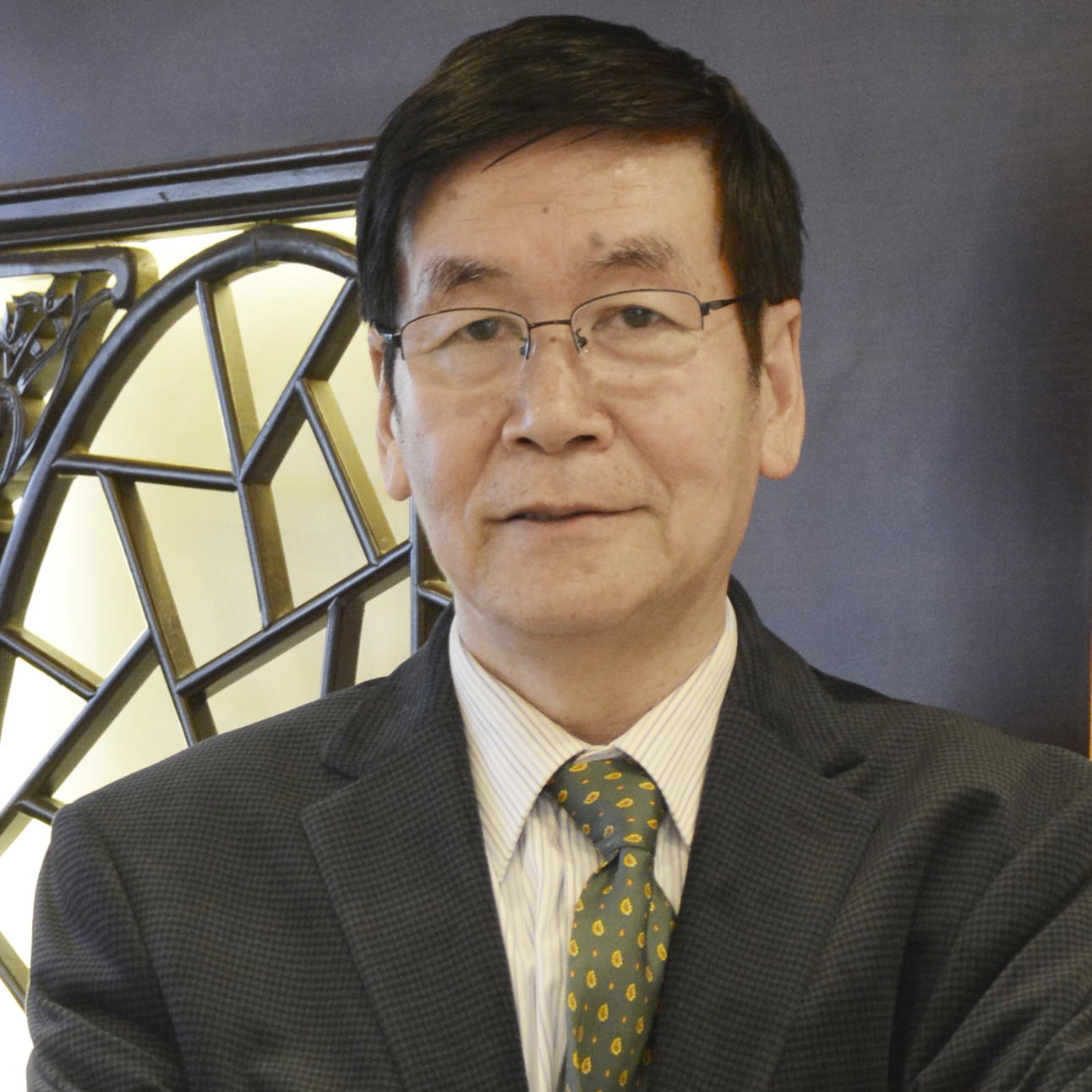
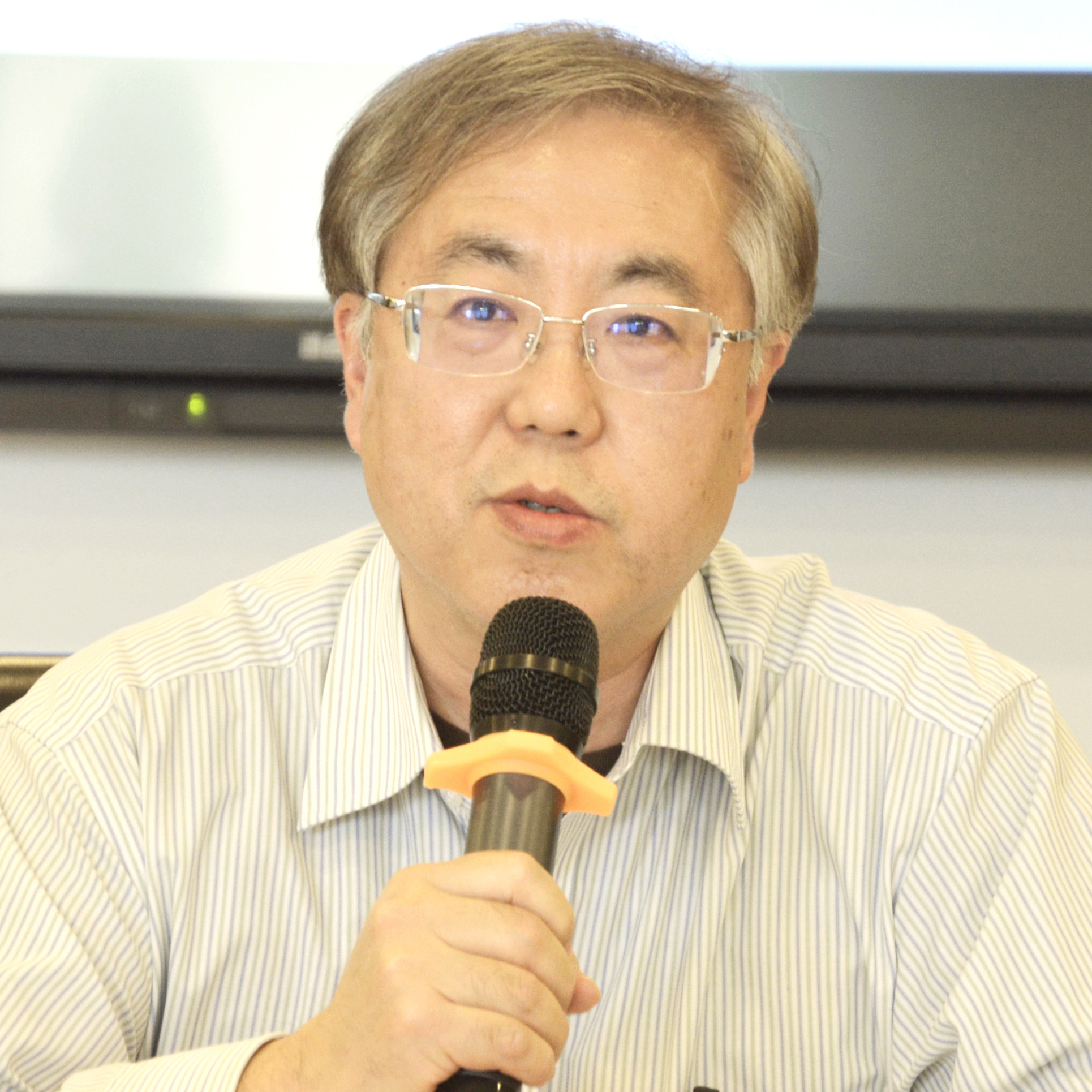

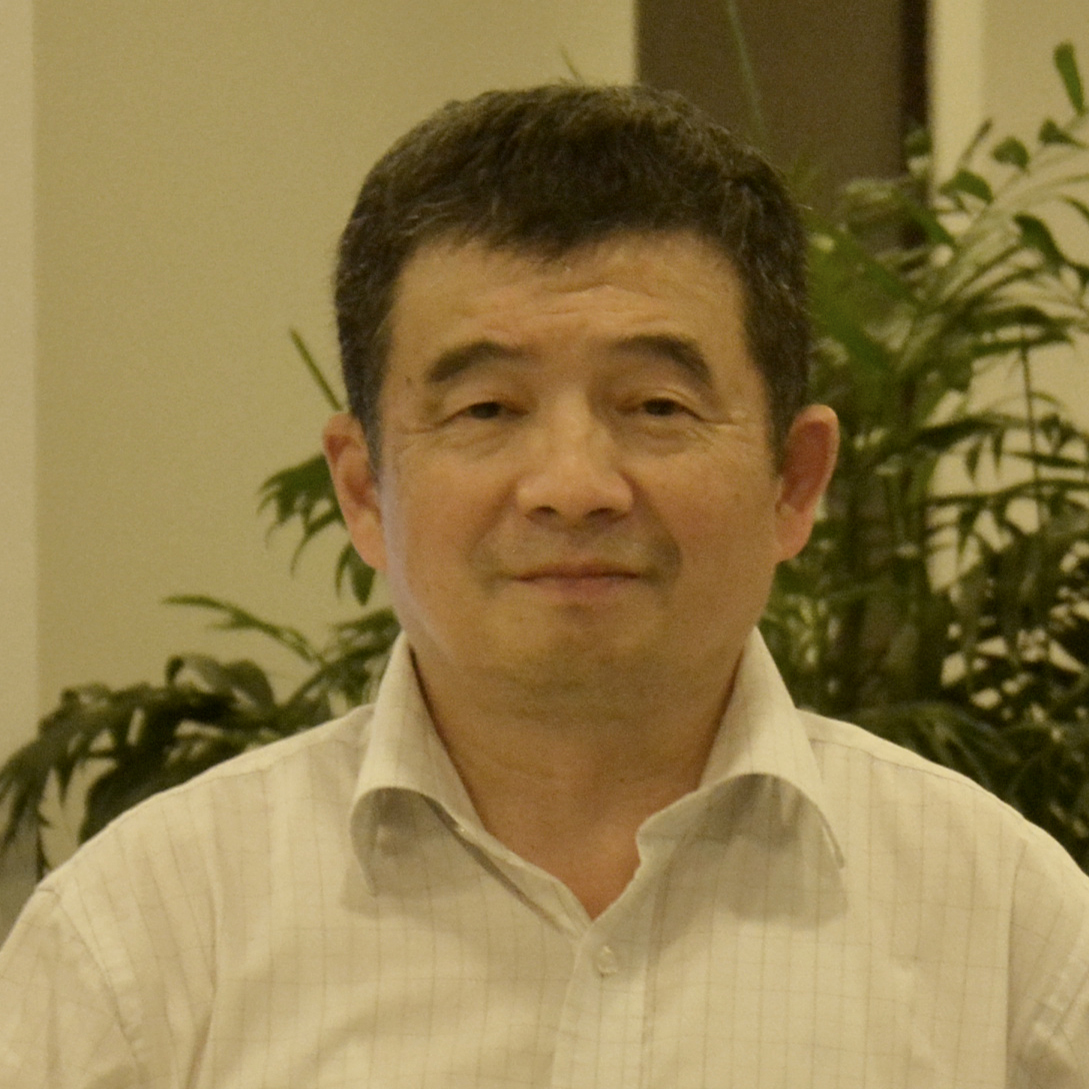
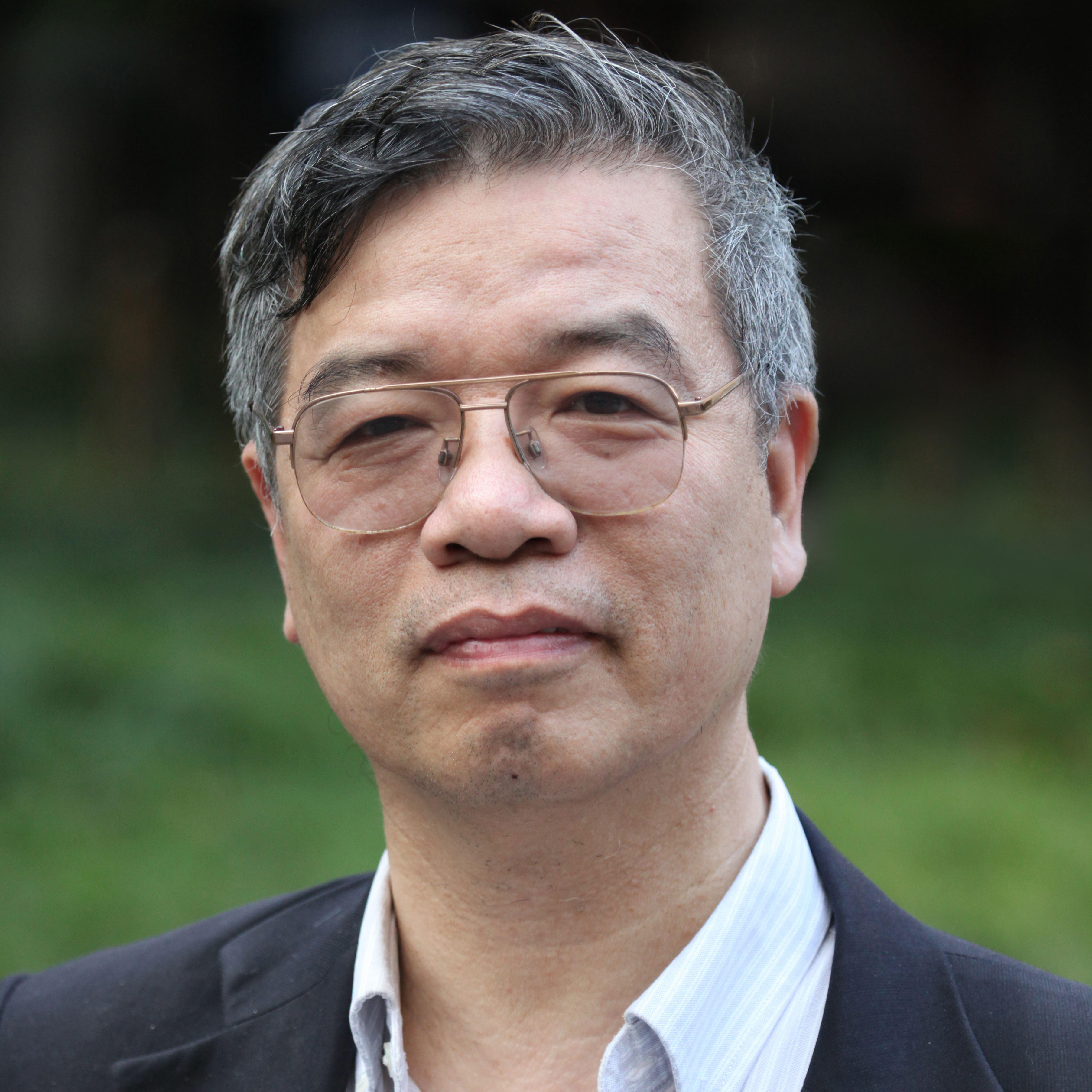
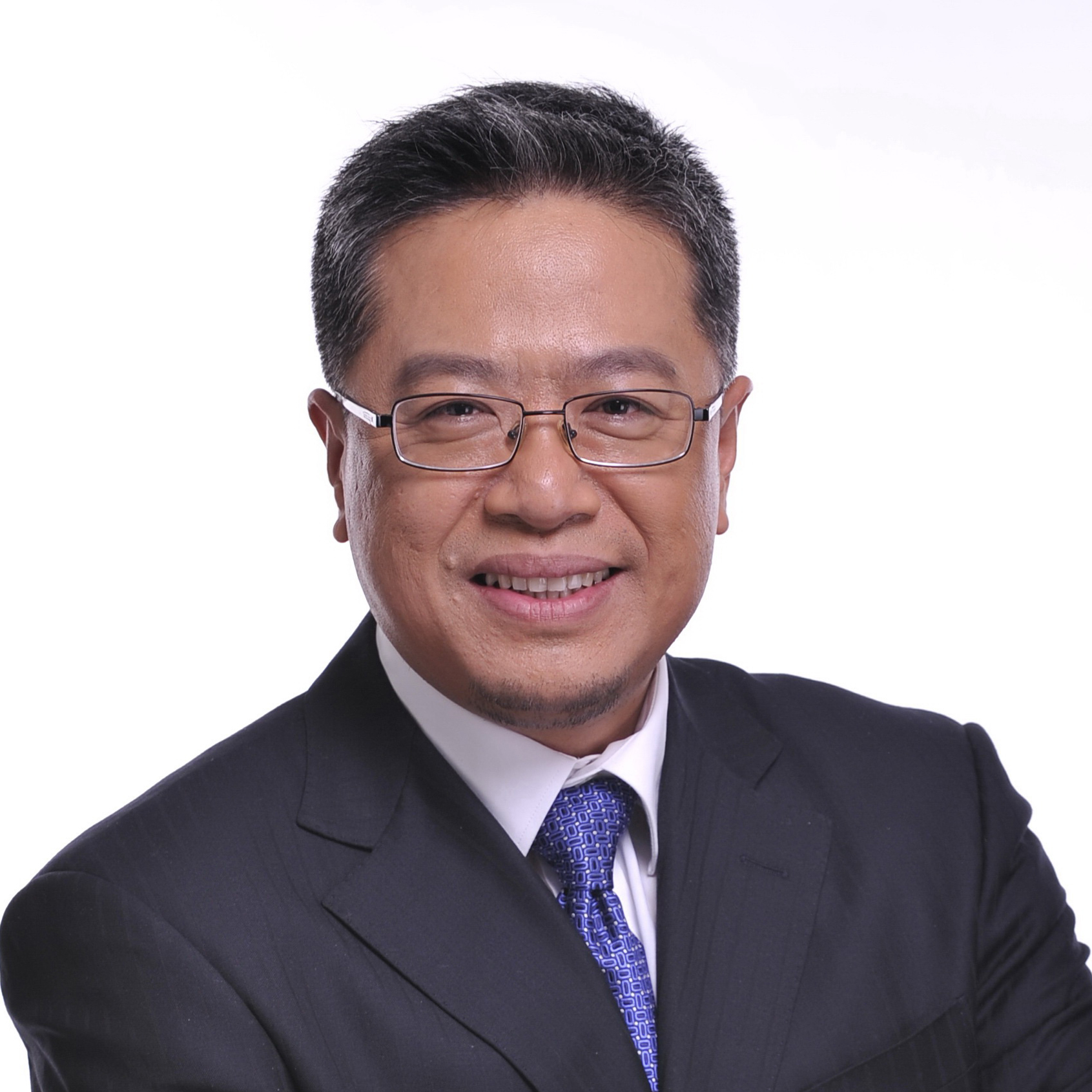
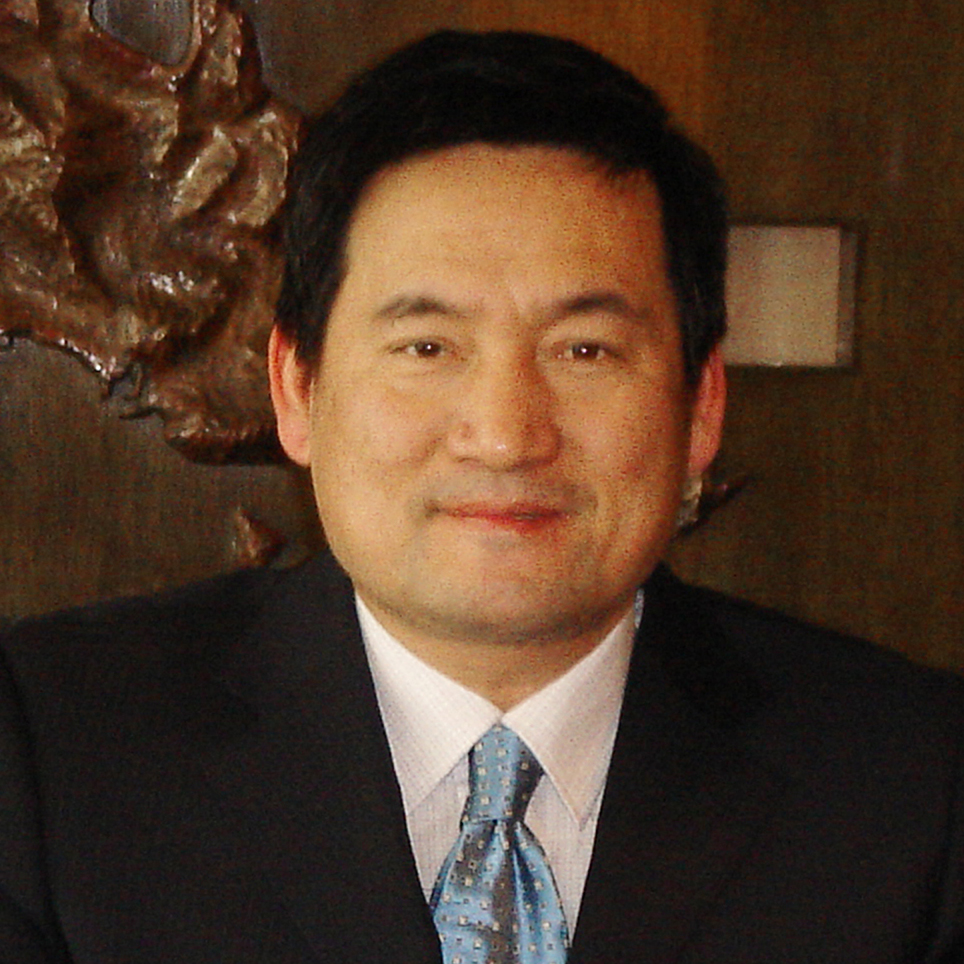




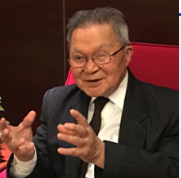
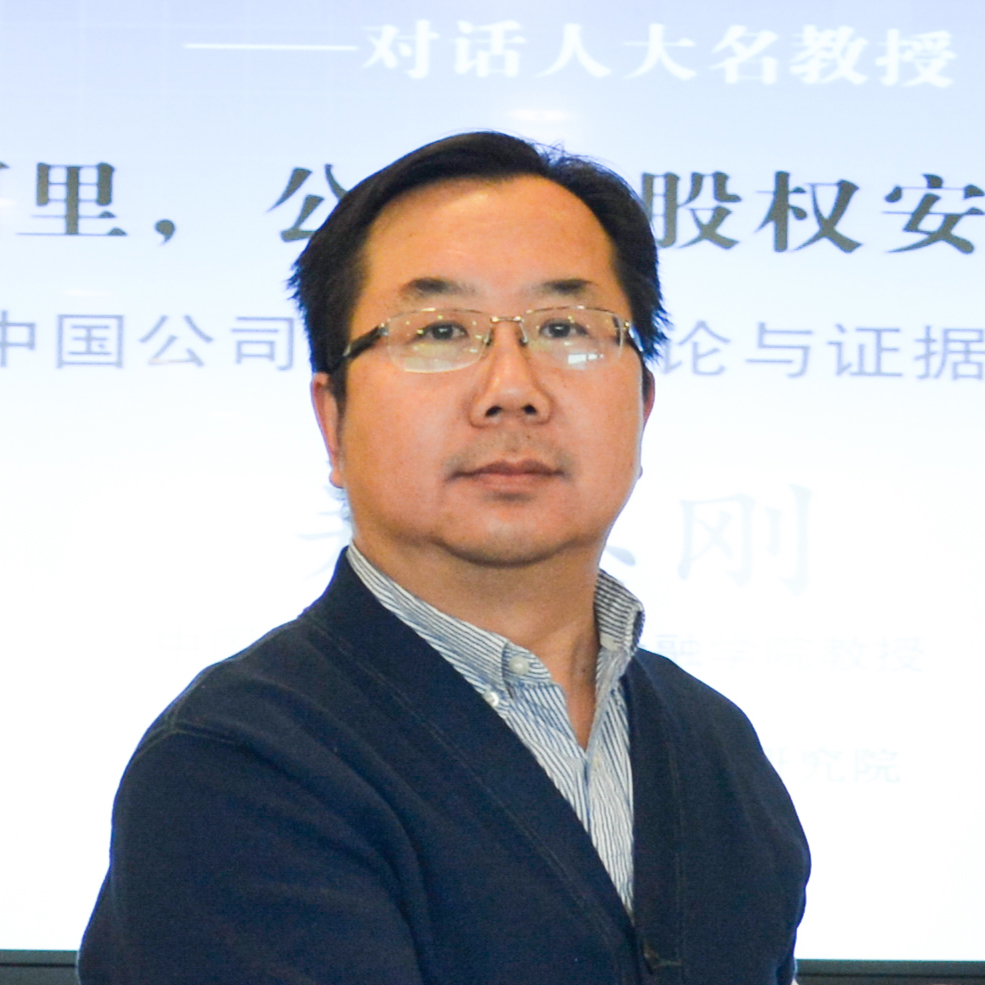
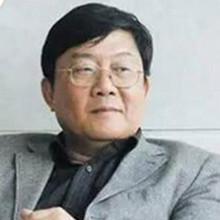

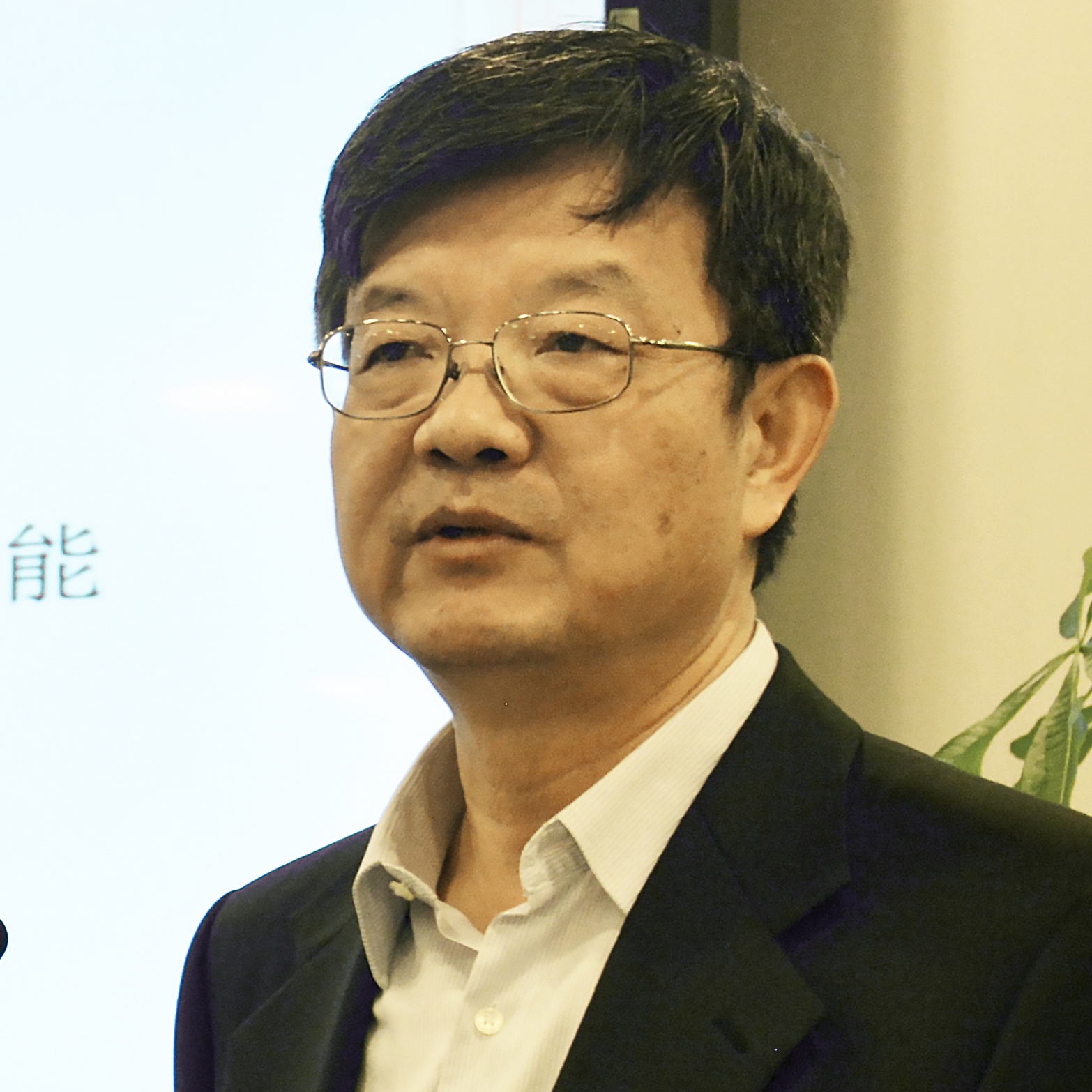

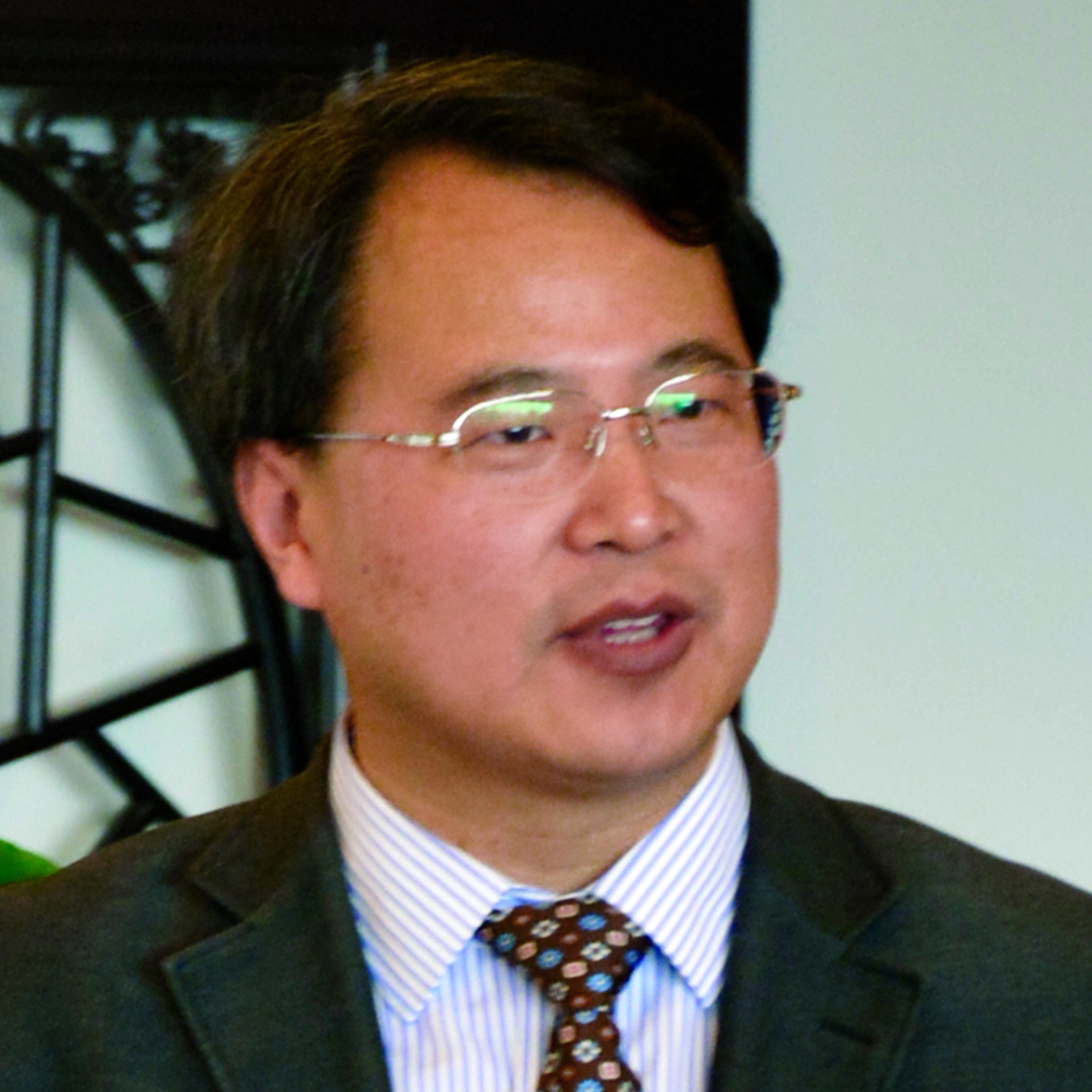
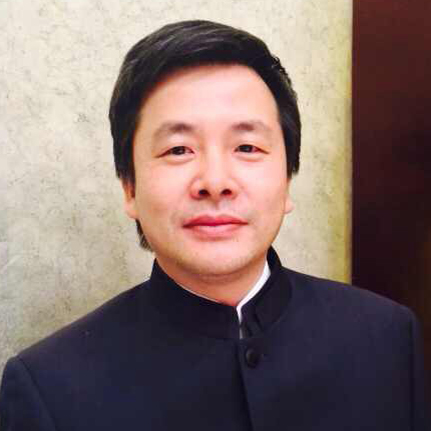
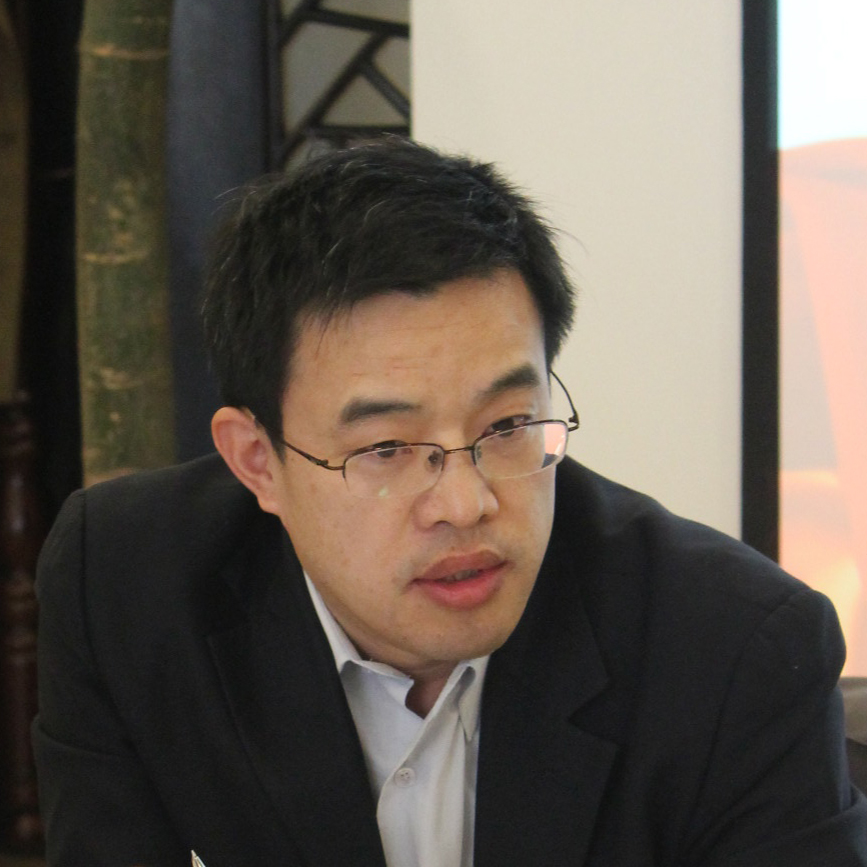
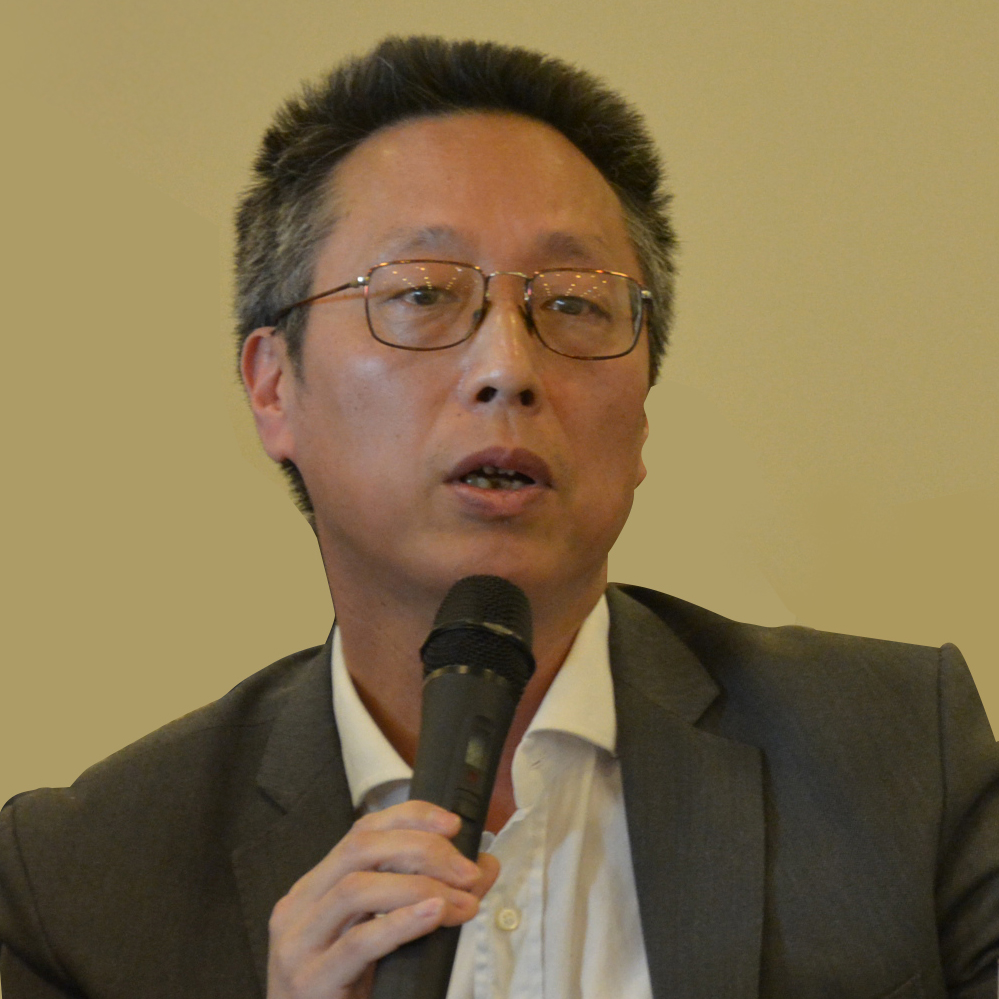
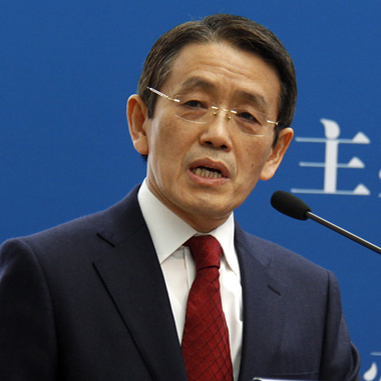

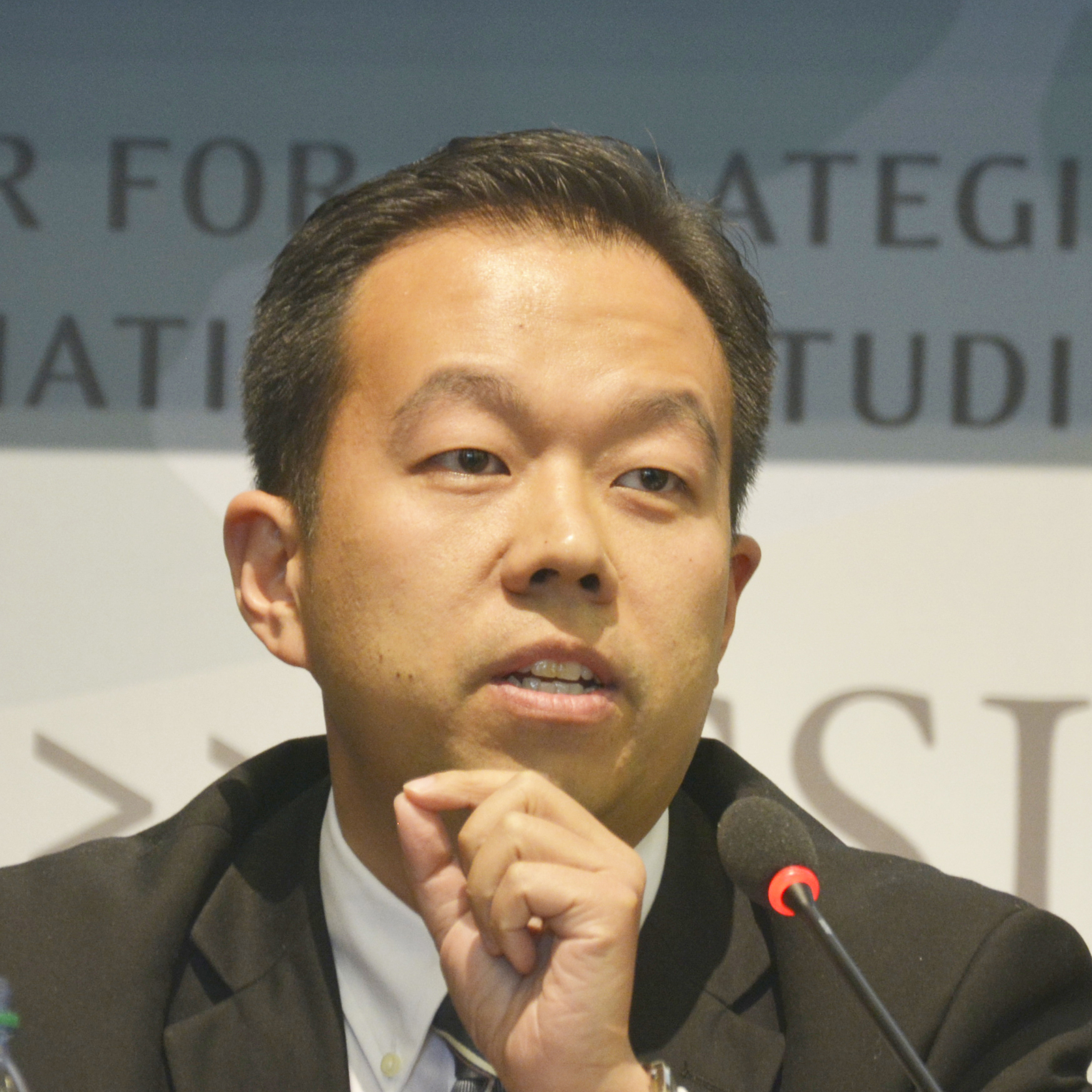
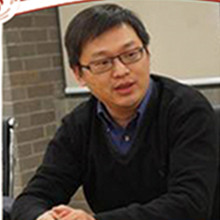
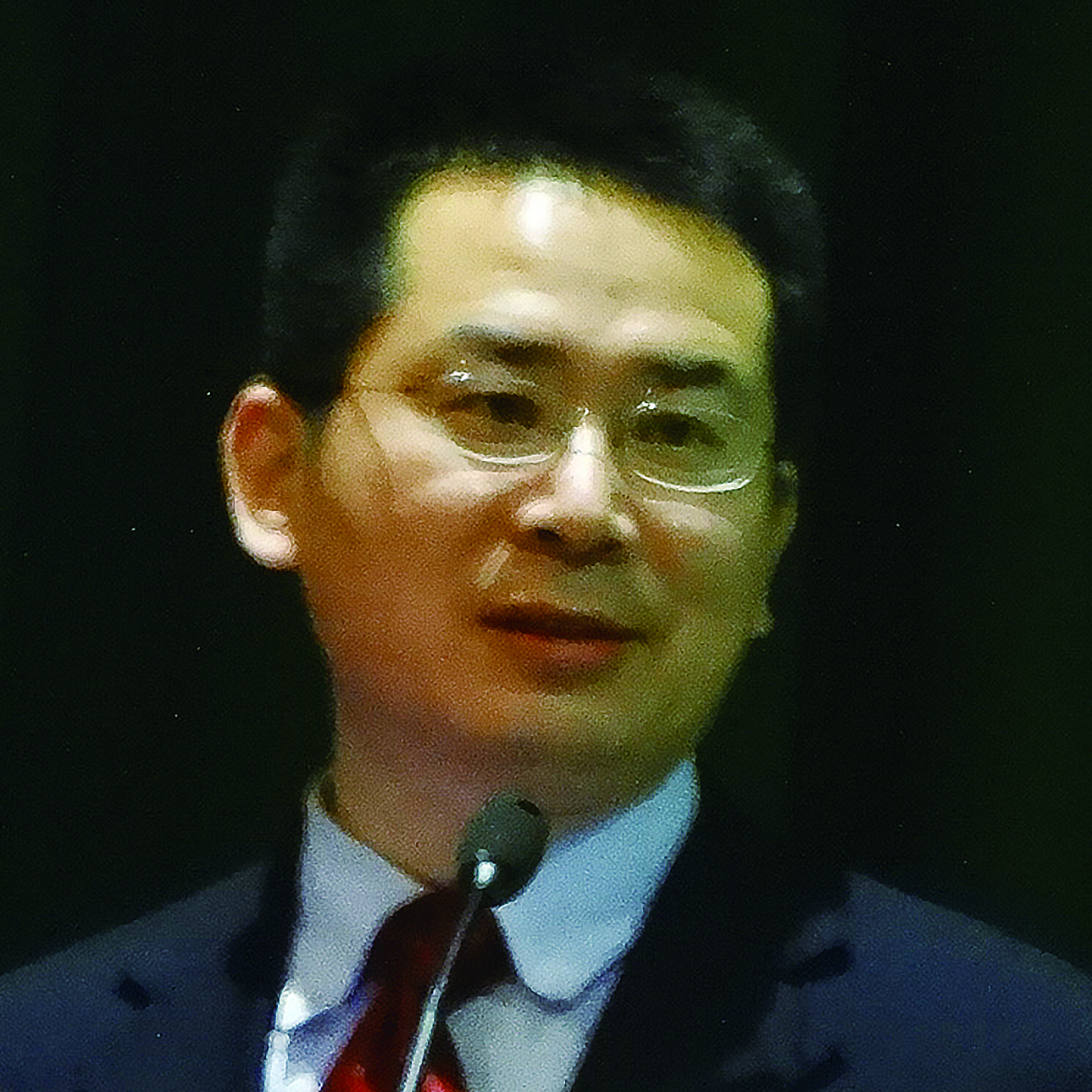
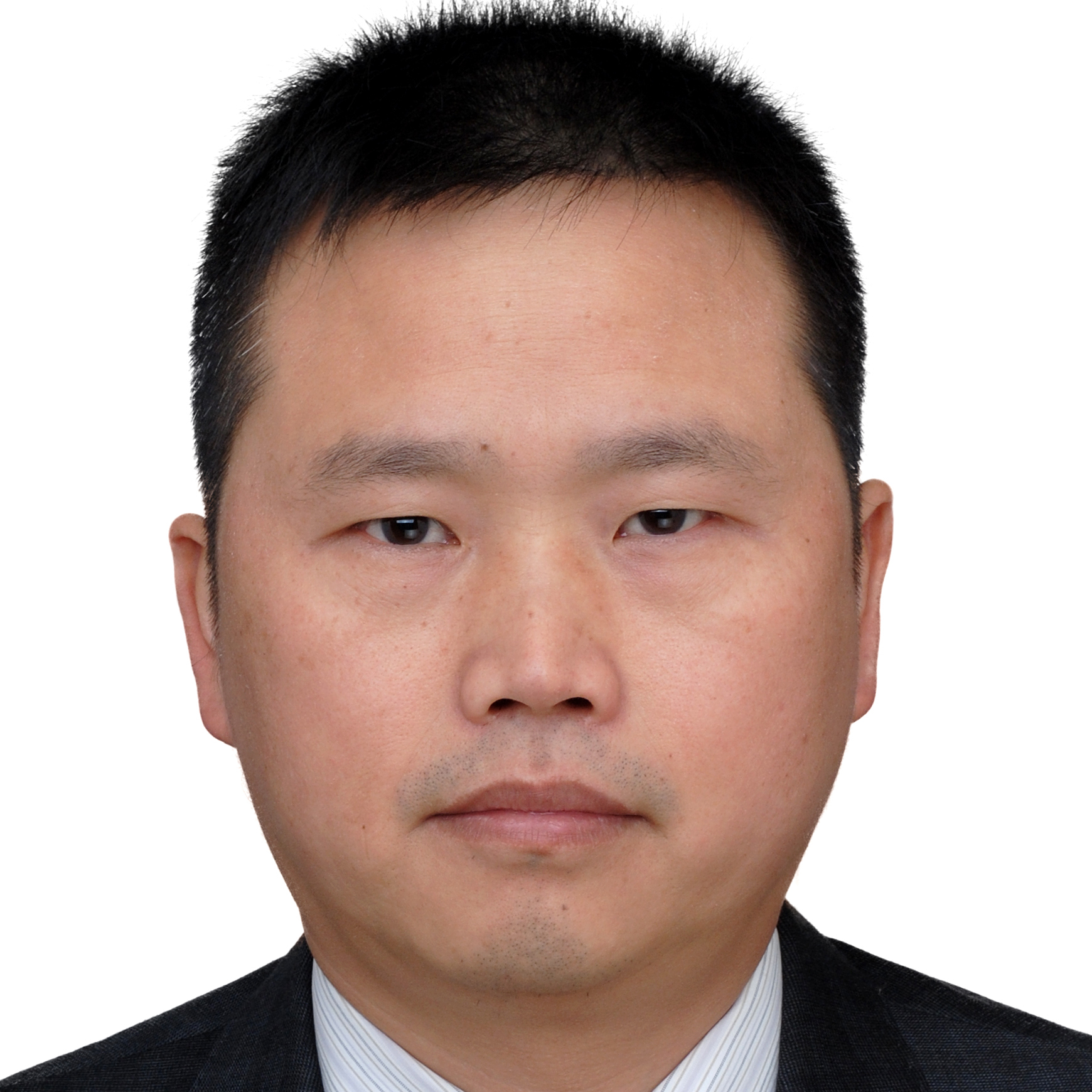



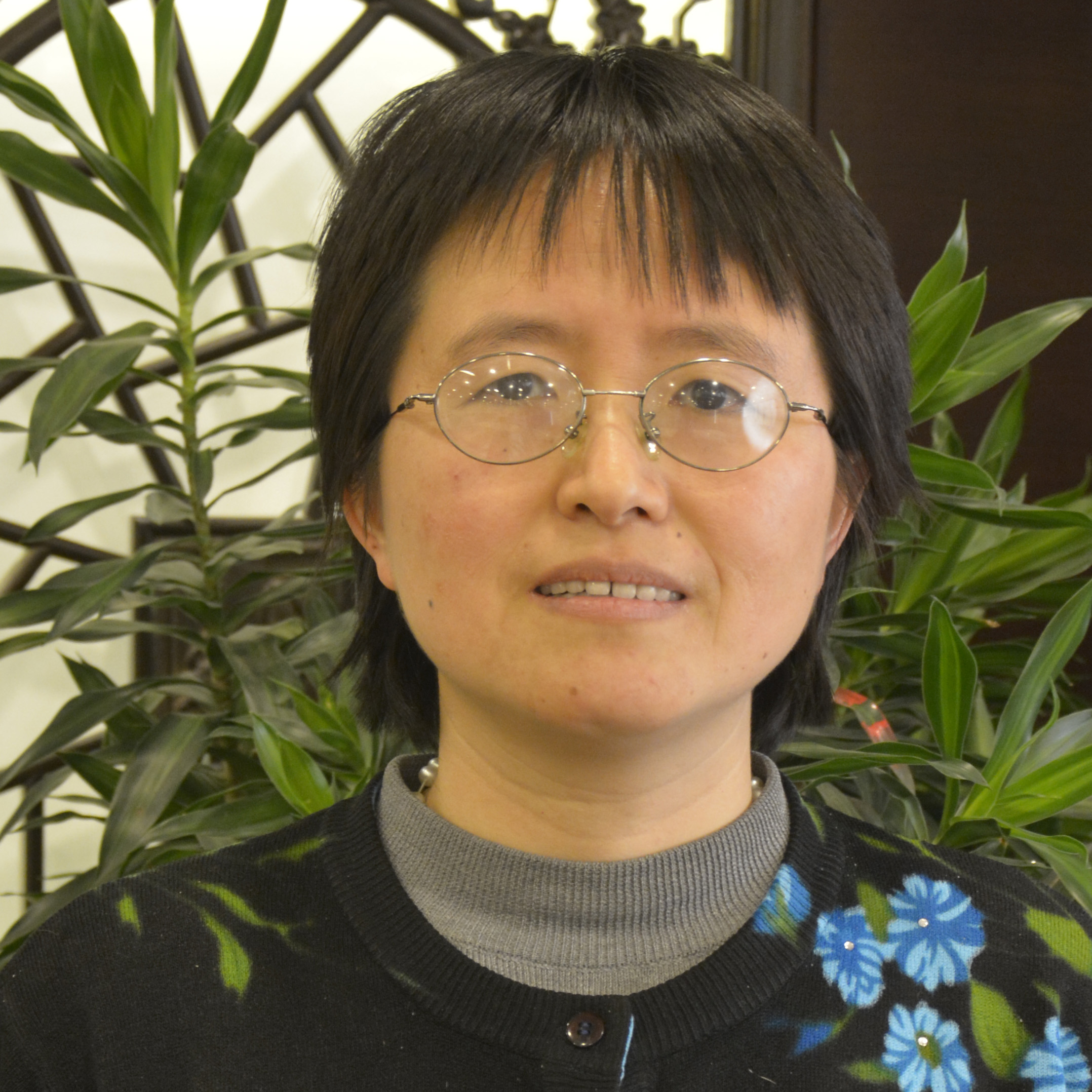


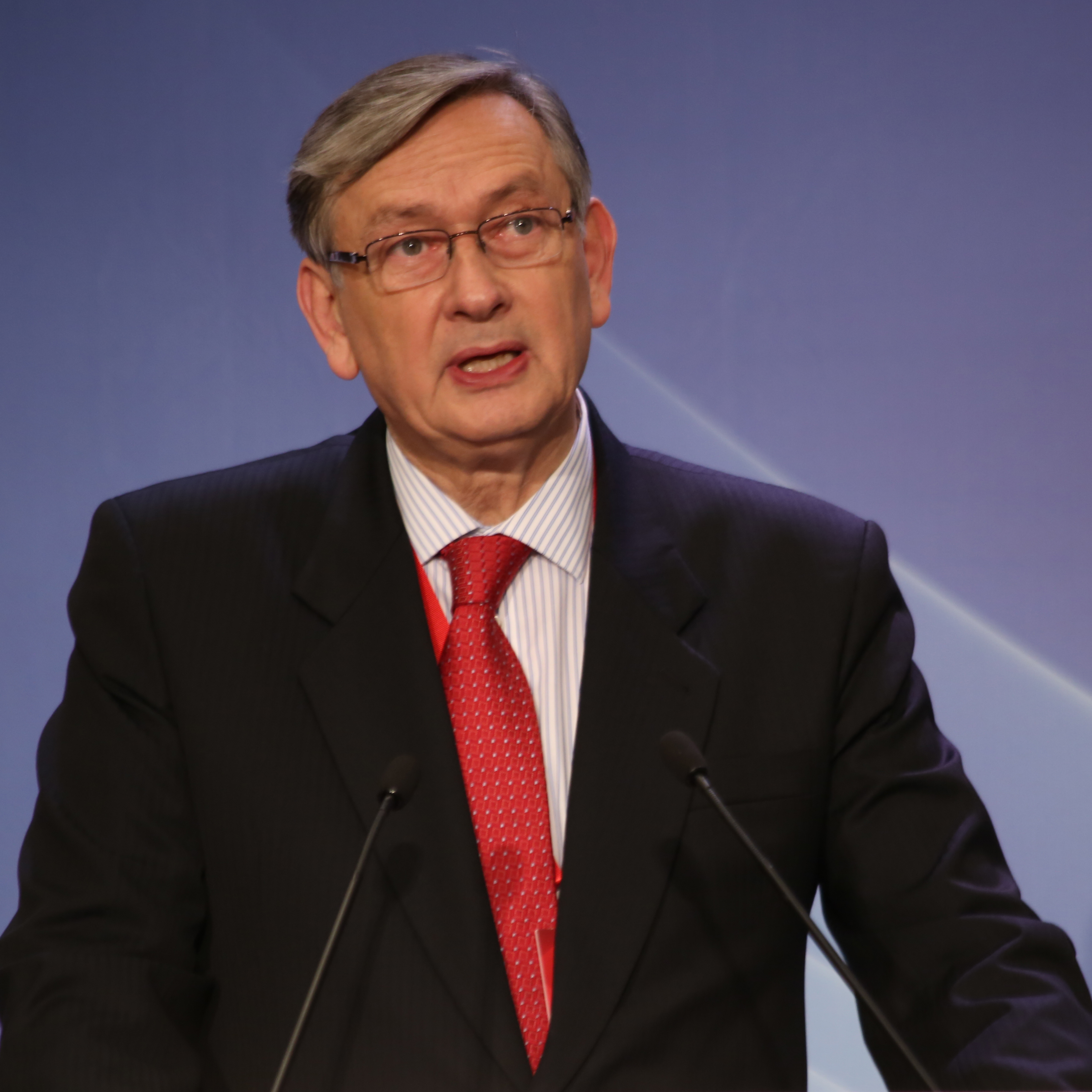
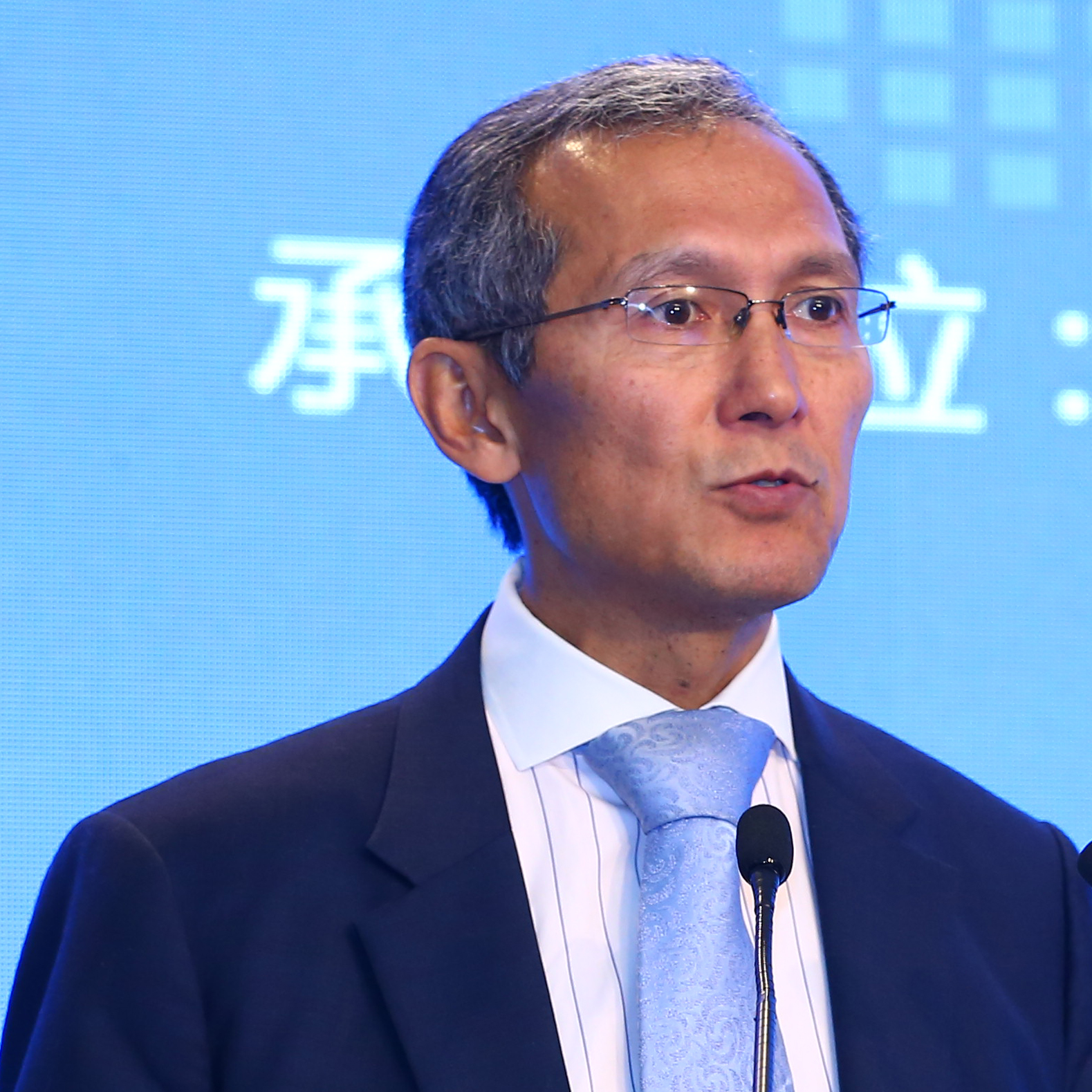
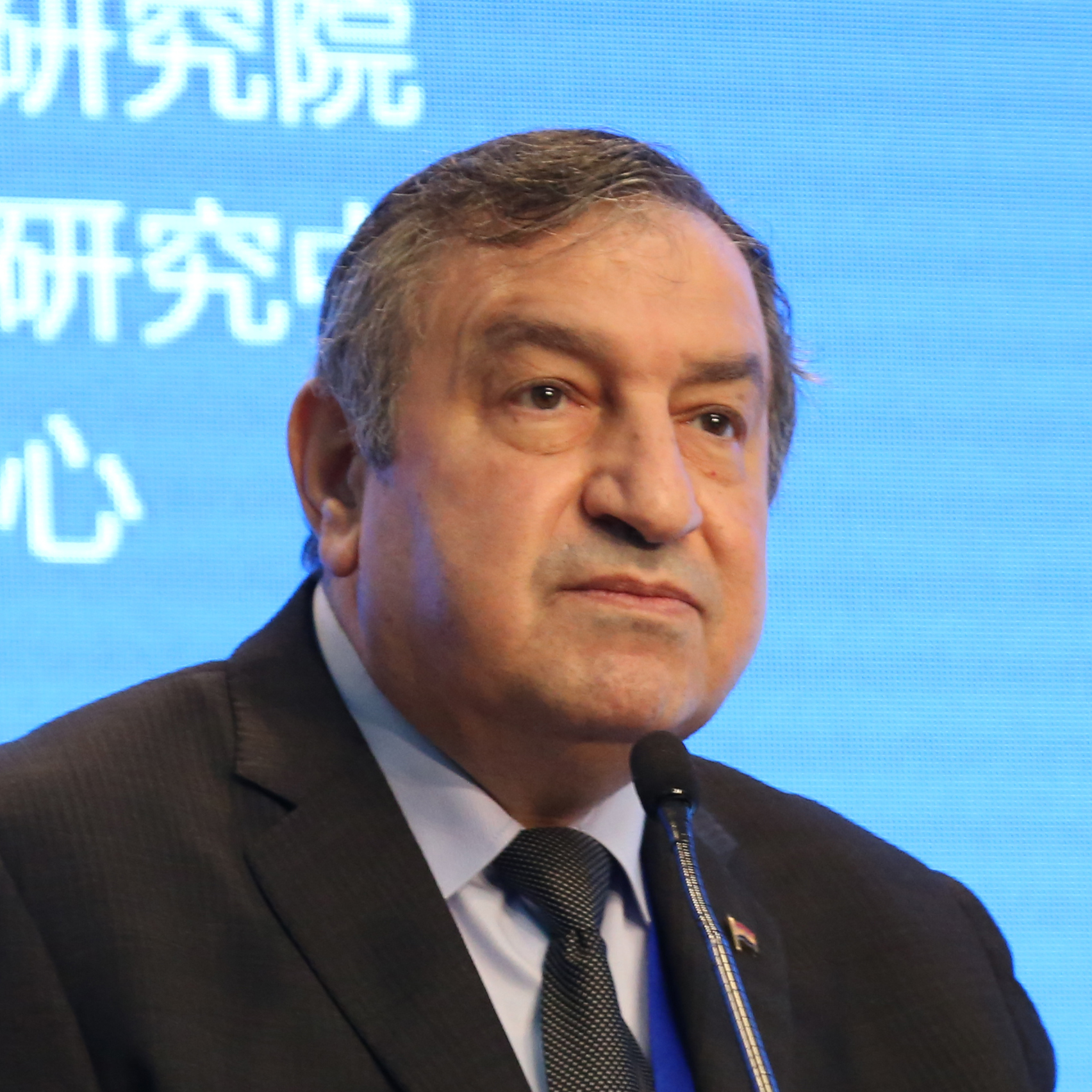

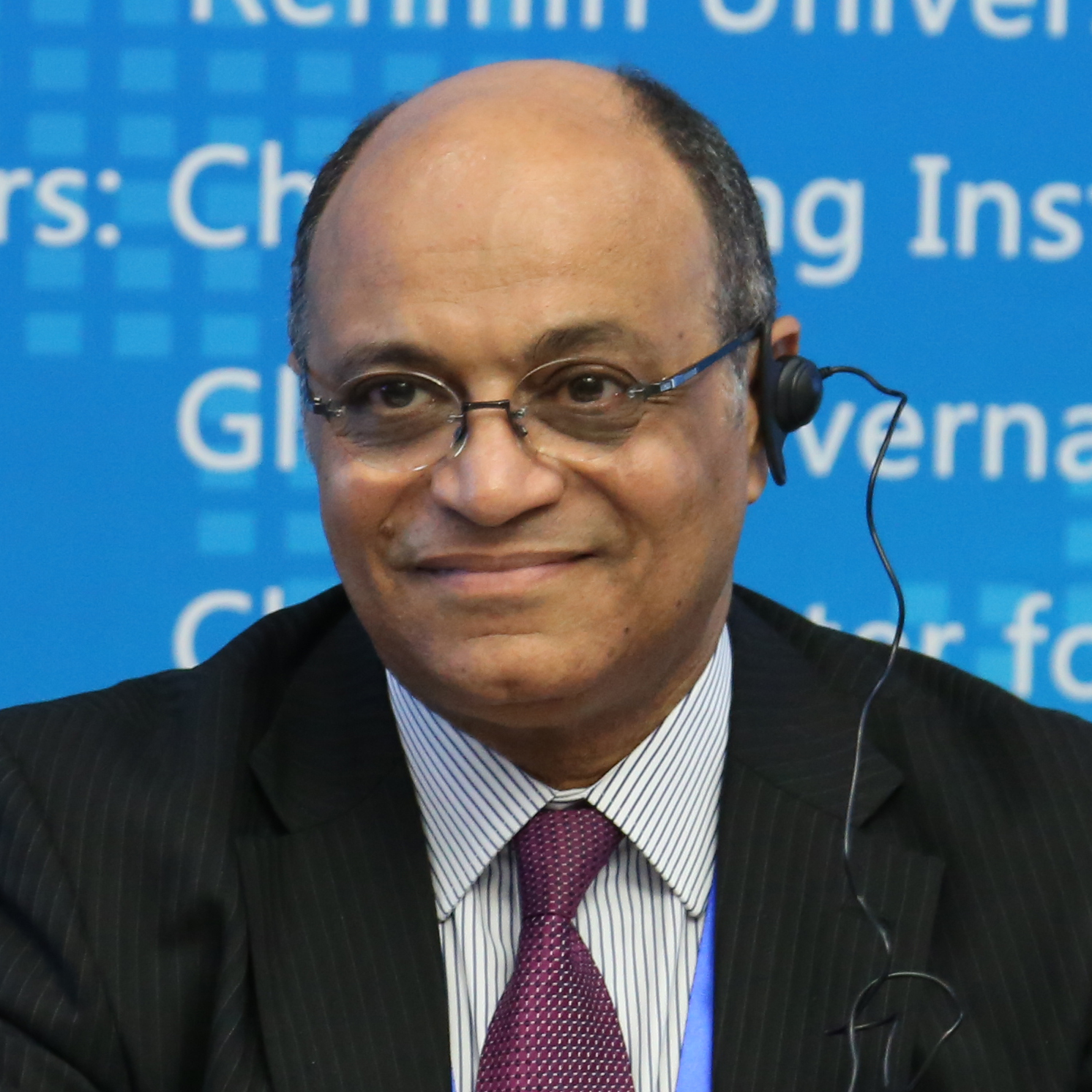







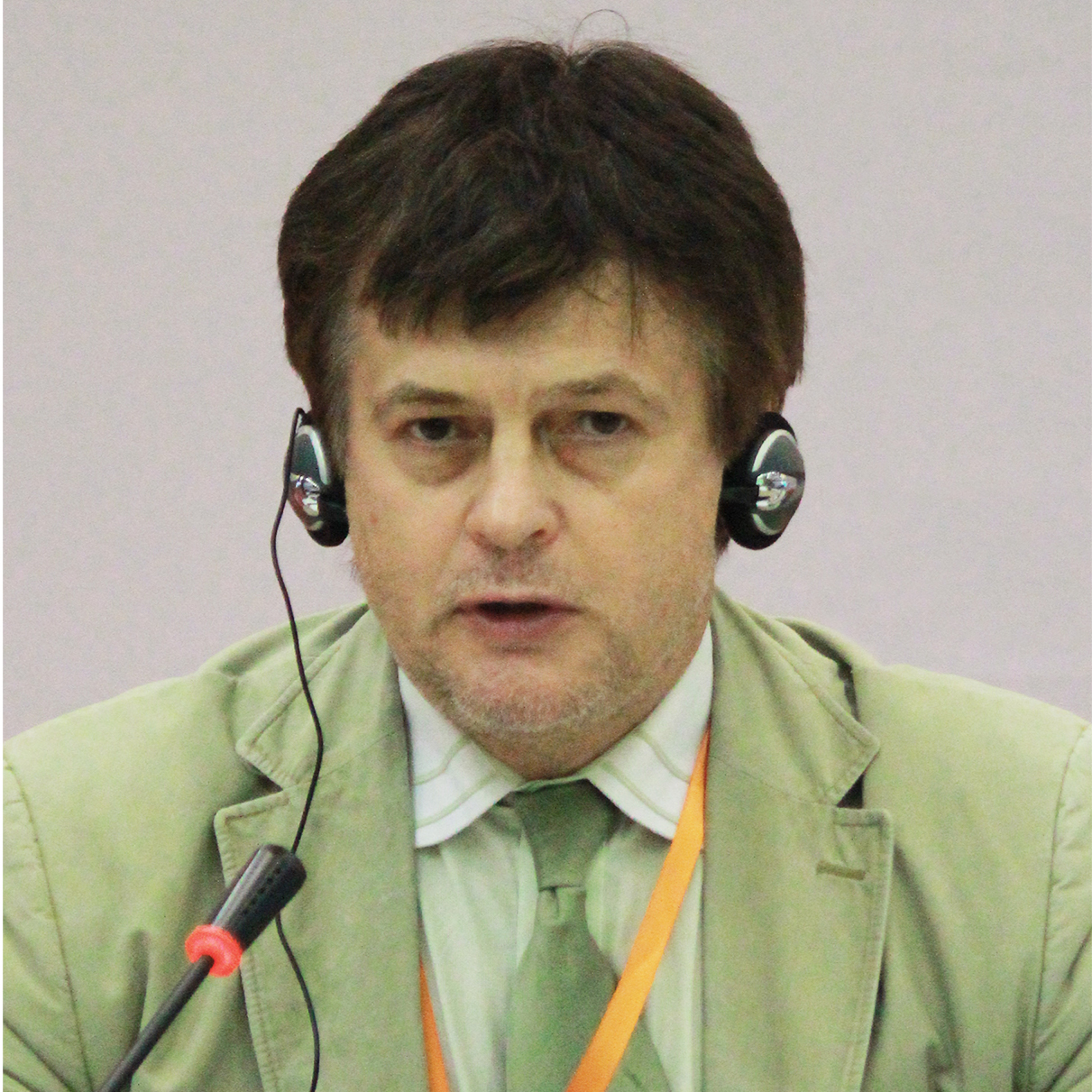





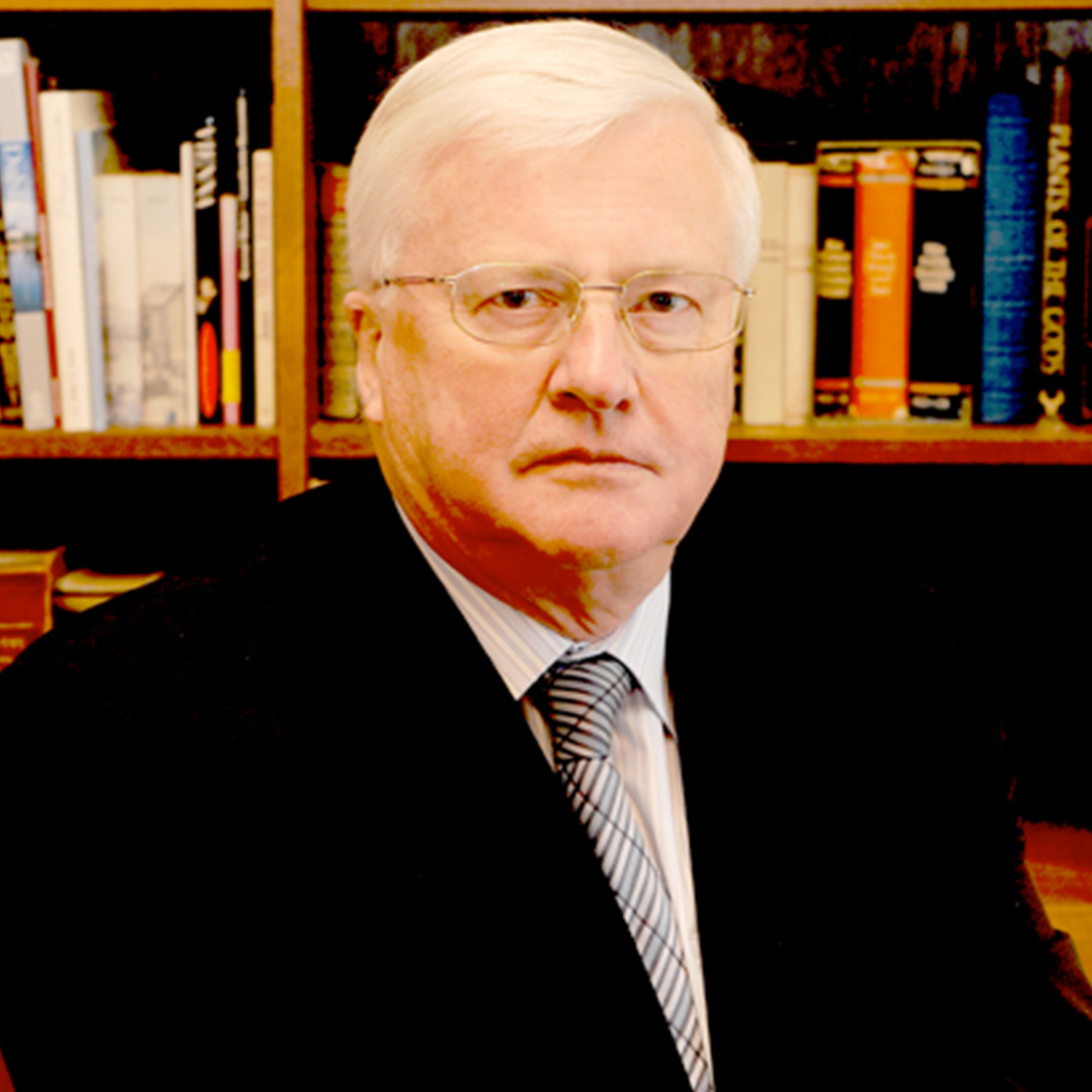
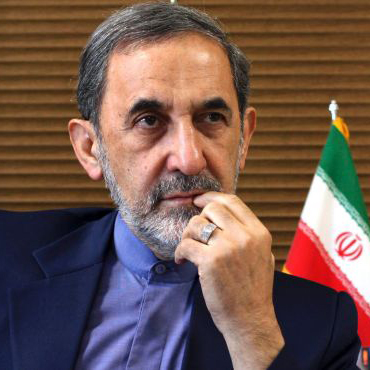


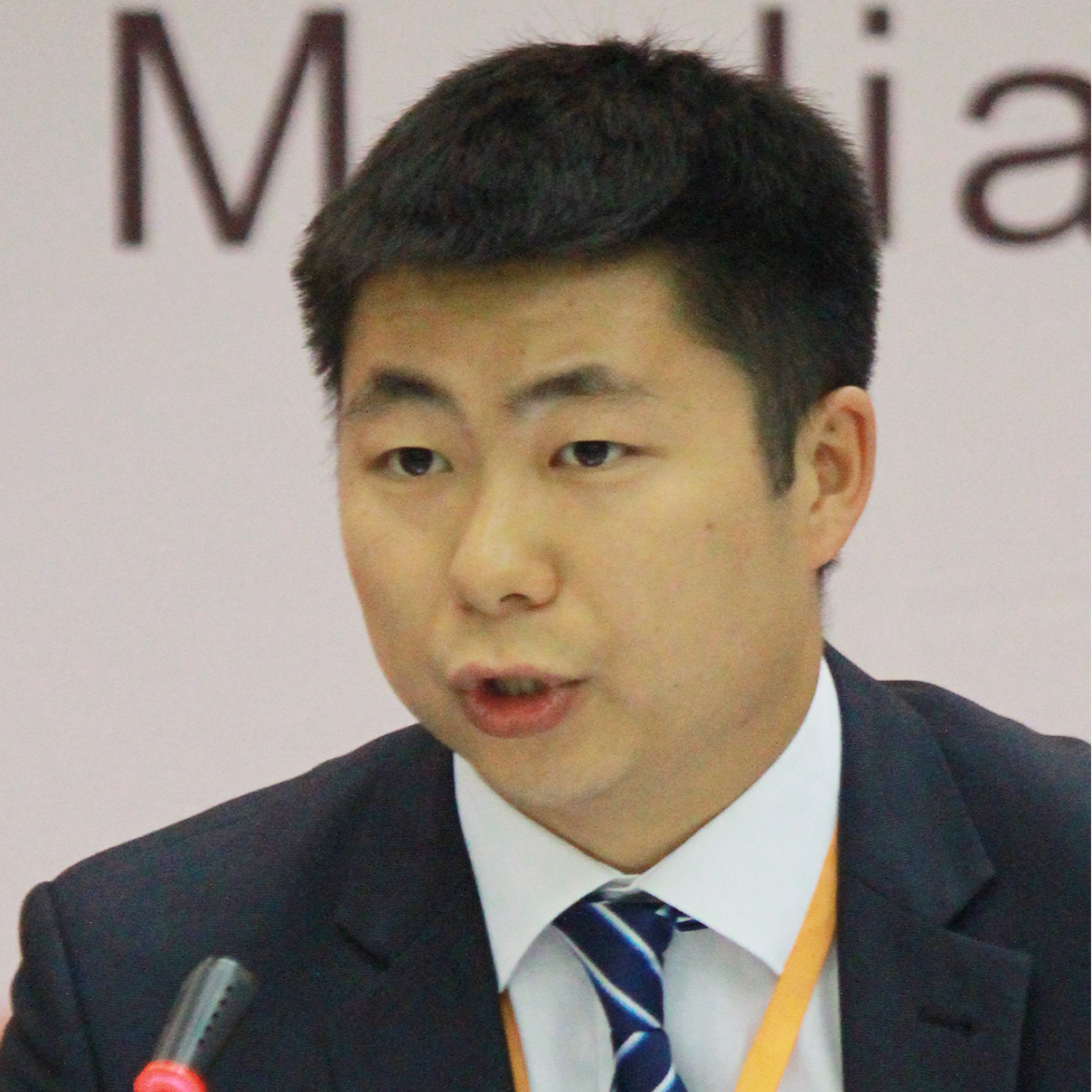

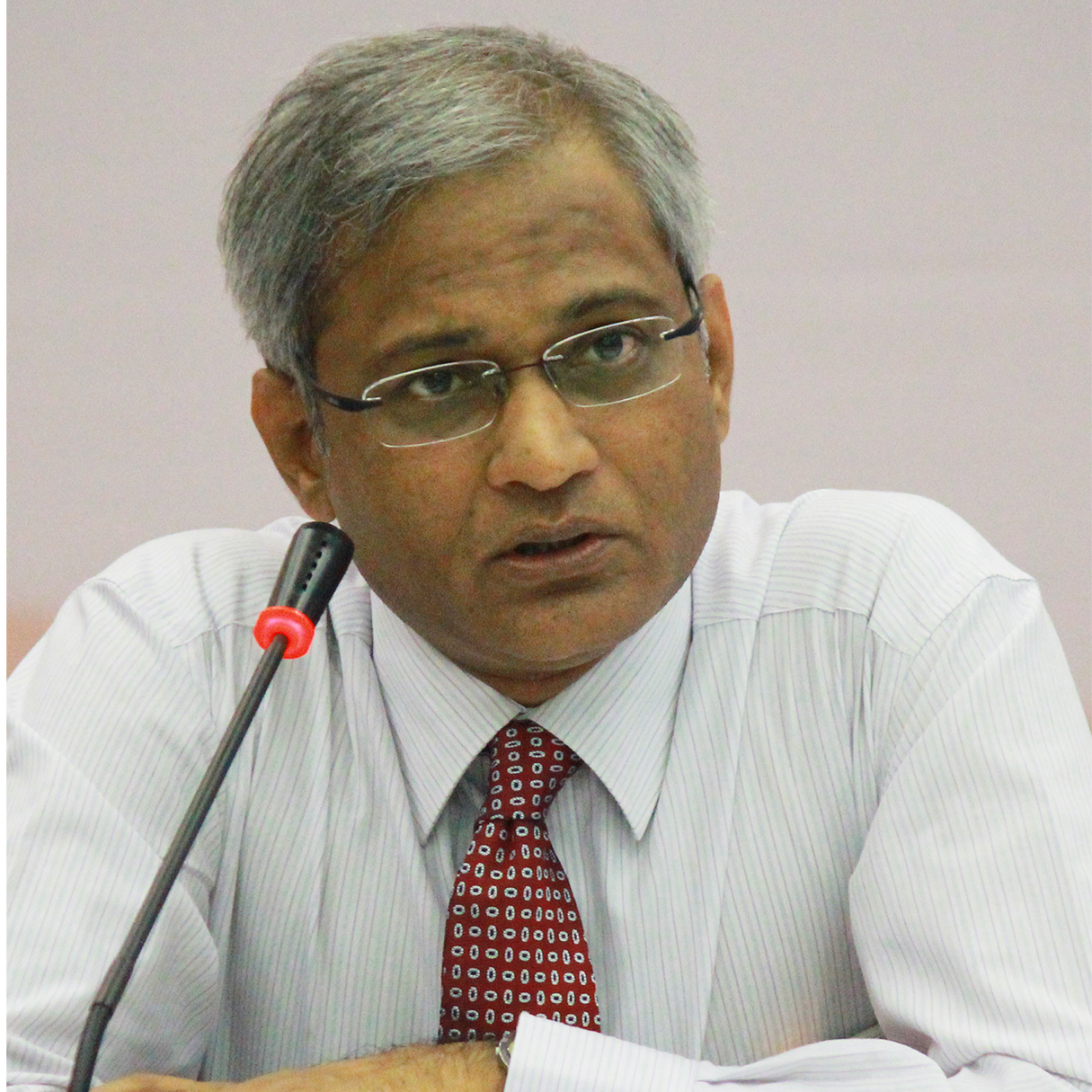
















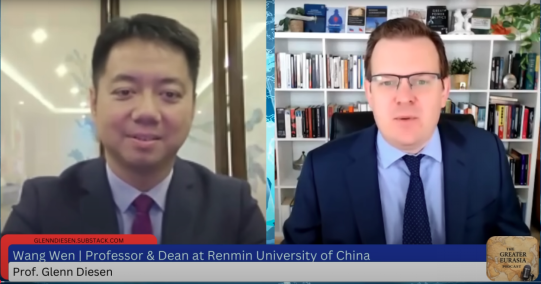
 京公网安备 11010802037854号
京公网安备 11010802037854号





